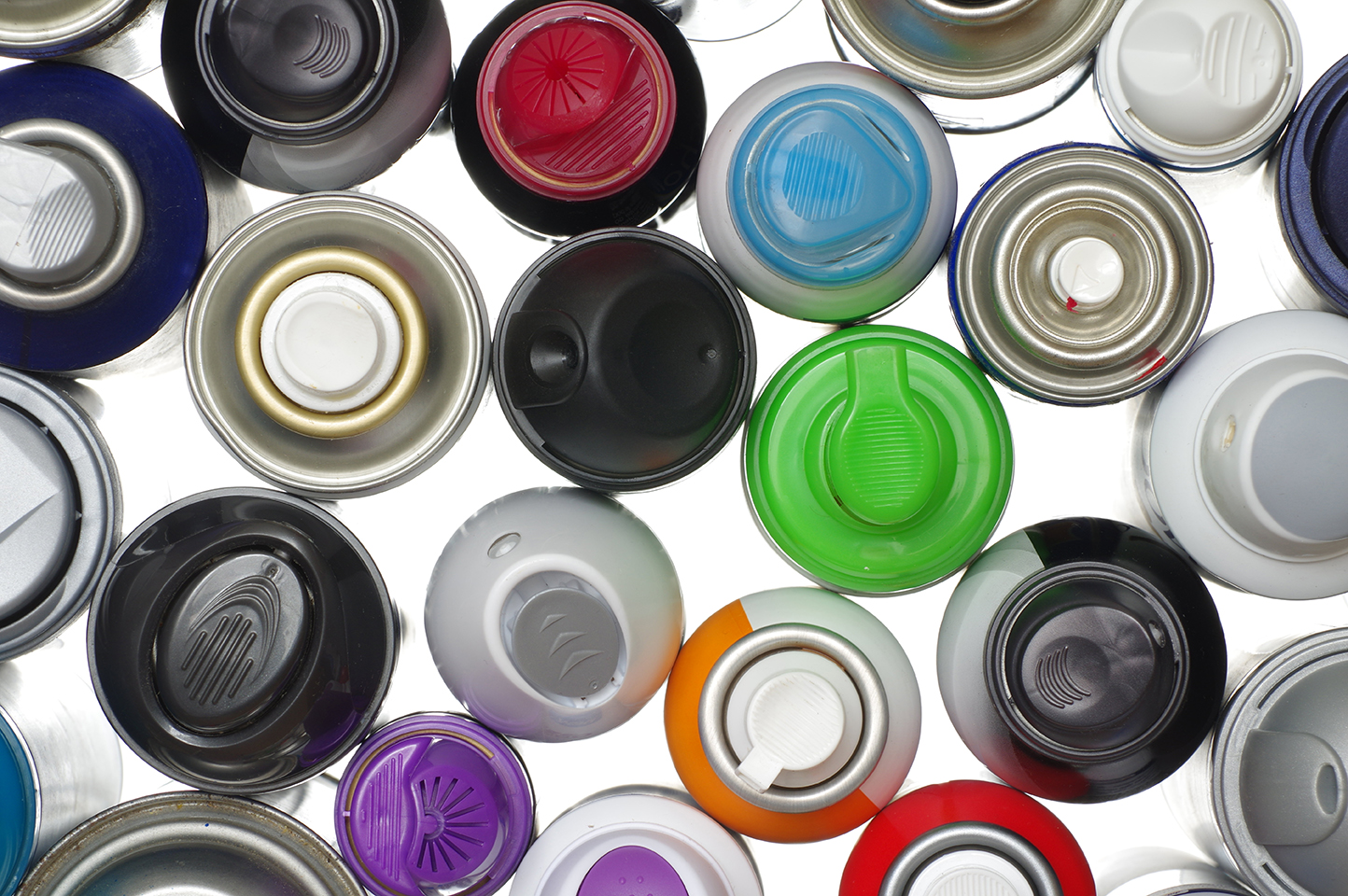The Evolution of Aerosol Propellants: Addressing Environmental & Safety Concerns
Aerosol products have been scrutinized over the years for various reasons. The main backlash aerosol manufacturers have faced over the decades has been directly related to the type of propellants they are using to pressurize their products. The propellant found in any given aerosol product is what makes the unique packaging solution convenient and dependable. The questions being asked by consumers and even government agencies is how environmentally friendly the propellants are and how safe are they for consumers that are using them.
In this article we will quickly review the history of the aerosol can, the various propellants used in them throughout the years, and what technology exists today to address environmental and safety concerns.
A Brief History
Though the concept of using low-pressurized gasses to propel liquid into the air was developed in the mid-1920s, mainstream consumer use of aerosol products did not take off until the 1950s. As with many products that were introduced around that time, the rise of the mass-produced product can be attributed back to World War II. During the war, aerosol canisters were filled with insecticide and propellants for servicemen to protect themselves from insects carrying diseases such as malaria. When they returned from service, their experience and acceptance of aerosol cans created a new market demand for the packaging application.
The aerosol can and its general functionality has not changed much since that time; however, the types of propellants used to spray product from the cans have.
Types of Propellants Used in Aerosol Cans
When first introduced commercially in the 1950s until the late 1970s, aerosol cans used chlorofluorocarbons (known as CFCs for short) as the propellant used to spray various products. Scientists soon discovered however that CFCs, like Freon, being used in these cans contributed to ozone depletion. As a result, most countries started banning the use of CFCs beginning in 1978. Given this new regulation and growing environmental concerns from consumers, aerosol manufacturers turned to hydrocarbons as a substitute to chlorofluorocarbons.
A common packaging staple since the late 1970s, hydrocarbons including propane and butane have been used for decades in aerosol cans. They were found to have similar propellant properties as CFCs. However, these gases are volatile organic compounds (VOCs) that react with oxides of nitrogen to form ground level ozone, the principle component of SMOG, and also contribute to unhealthy indoor air quality. Hydrocarbons are also highly flammable compared to CFCs making the production of aerosol packaging and use by consumers less safe. In the packaging industry, hydrocarbons are most commonly found in aerosols, but their use is quickly waning.
California Senate Bill No. 32 is a driving force behind this initiative. The measure aims to remove volatile organic compounds from the Golden State, by limiting their use and ultimately eliminating them. And while California started the movement, other states like Massachusetts are following in their footsteps. This makes now the perfect time to start thinking about removing hydrocarbons from your packaging operation. Doing so will not only keep your products compliant in California and states adopting similar legislation, it will also allow you to remove a flammable compound from your facility and improve your go-green strategy.
Replacements to hydrocarbons that some manufacturers have turned to include compressed gases such as nitrogen and carbon dioxide. However, unlike hydrocarbon infused products, the pressure in cans utilizing compressed gas does not last as long nor the spray stay as strong. As the product is sprayed, the headspace occupied by the inert gas expands and the pressure reduces proportionately. Most aerosol equipment on the market today does not fill the cans efficiently with compressed gas to make the propellant comparable to the effectiveness of hydrocarbons. As with most packaging manufacturing challenges that arise, new technology develops and solutions become available to address those challenges.
Non-hydrocarbons are a viable solution – with the right aerosol packaging equipment
Replacing hydrocarbons in an operation is a two-step process. First you must find a suitable replacement material. Second you must find machines capable of working within the new parameters.
The gas you choose will impact your requirements for your machines. Inert gases will not mix with your product, and, as such, can be used anywhere. However, soluble gases will mix with the final product, which makes proper management of their use more important.
At R.A Jones our gasser/shaker solutions offer your company additional options since it can also be used as a standard thru-the-valve filler. These machines allow you to employ various solutions including nitrogen, argon, compressed air or liquefied propellants without having to shake it when using the solution. And if you decide utilizing a soluble gas is the best choice for your company's needs, our gasser/shakers can help here as well.
Because gas pressure drops with product use, your company may see the benefits of utilizing a soluble gas that dissolves in the product to allow for more gas to be added to each container. This maintains better pressure longer and more closely resembles the hydrocarbon product you once used, all without the harmful environmental impact.
The gasser/shaker supports these goals by dissolving soluble gases more efficiently than other solutions on the market and providing your company the opportunity to use a wide array of propellants. This versatility comes from the gasser/shaker's metering capabilities for the propellant as well as the machine’s refined shaking motion, which dissolves the gases as efficiently as possible.
All of this ensures this continuous motion machine can be compatible with the rest of a high-speed aerosol line with little modification and that it is also capable of supporting your new, environmentally friendly packaging initiatives.
To learn more about R.A Jones’ Gasser/Shaker and to find other ways that we can help you make your assembly line as efficient and environmentally friendly as possible, contact us today. Click the button below and complete/submit your request or email us direct at info@rajones.com.
